Traditional foods from around the world offer a fascinating glimpse into different cultures and histories. From unexpected ingredients to unique cooking methods, these dishes hold surprising facts that reflect the rich tapestry of human diversity. Discover how these traditional foods not only satisfy hunger but also tell stories, preserve traditions, and bring communities together in meaningful ways. Join us as we explore the intriguing and often surprising aspects of traditional foods from various corners of the globe.
Hakarl from Iceland
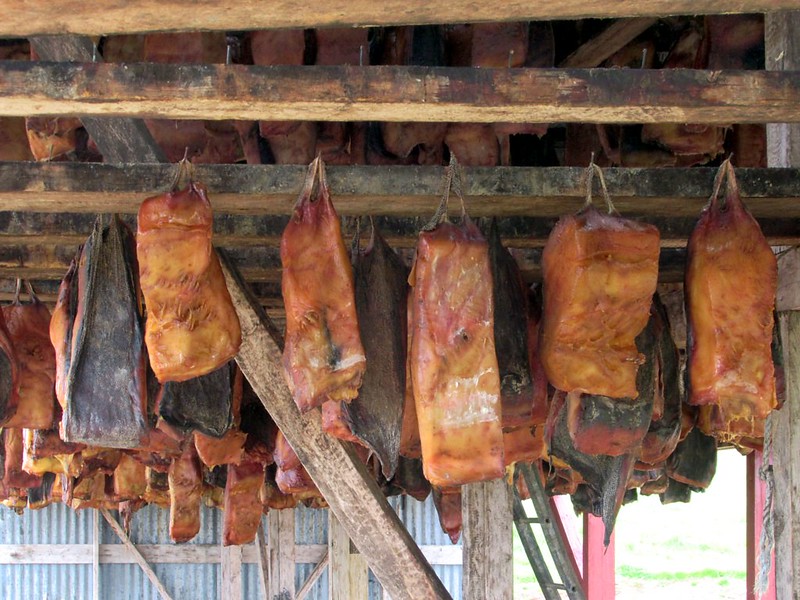
Hakarl is a traditional Icelandic dish made from fermented Greenland shark. The preparation process involves burying the shark meat in gravelly sand for six to twelve weeks and then hanging it to dry for several months. The result is a dish with a strong ammonia-rich smell and taste that is an acquired taste even for many Icelanders. Hakarl has been a part of Icelandic culture for centuries, serving as a survival food during harsh winters.
Fugu from Japan
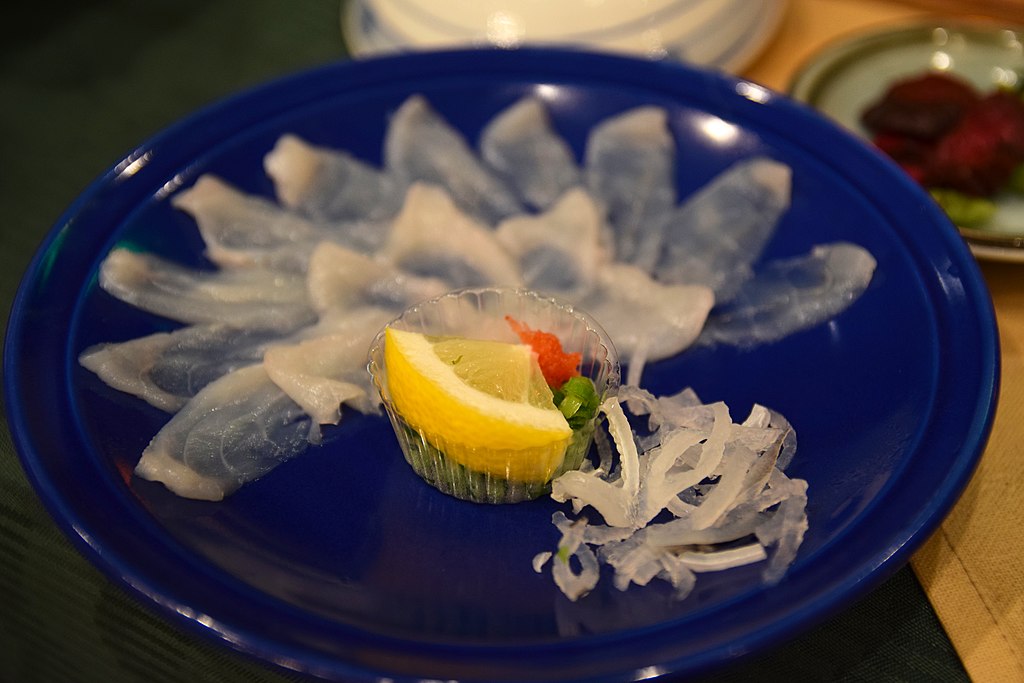
Fugu, or pufferfish, is a Japanese delicacy known for its potentially deadly poison, tetrodotoxin. Only specially trained and licensed chefs are allowed to prepare it, as improper preparation can lead to fatal consequences. Despite the risk, fugu is highly prized for its delicate flavor and texture. It is often served as sashimi or in hot pot dishes, with the thrill of danger adding to its allure.
Casu Marzu from Sardinia, Italy
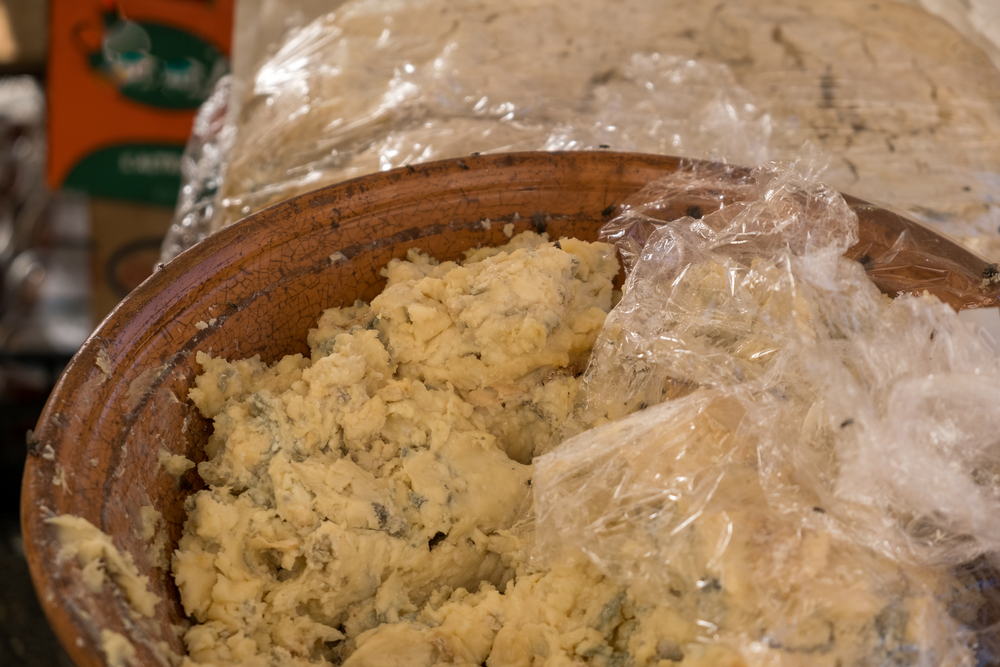
Casu Marzu is a Sardinian cheese that contains live insect larvae. The larvae of the cheese fly (Piophila casei) are introduced to the cheese, promoting advanced fermentation and breaking down the cheese’s fats. The result is a soft, creamy cheese that can sometimes “jump” due to the active larvae. Despite being banned by the European Union, it remains a traditional and highly sought-after delicacy in Sardinia.
Balut from the Philippines
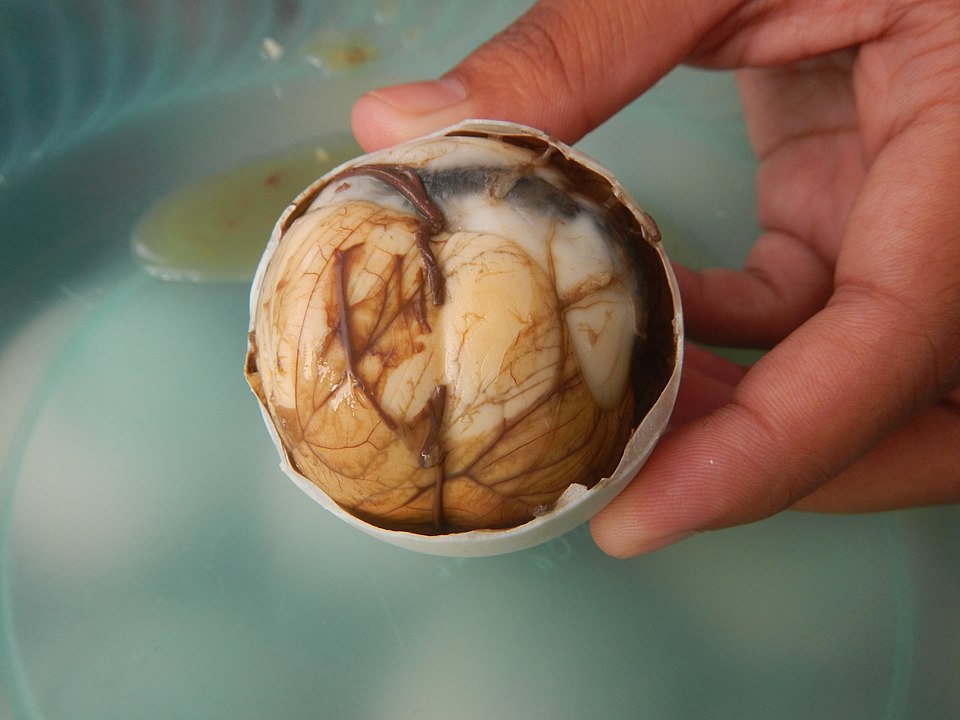
Balut is a fertilized duck egg with a partially developed embryo, commonly eaten in the Philippines. It is boiled and eaten in the shell, often seasoned with salt, vinegar, and chili. Balut is considered an aphrodisiac and a high-protein snack, enjoyed for its rich and savory flavor. The dish is also popular in Vietnam and Cambodia, where it is served in various forms.
Haggis from Scotland
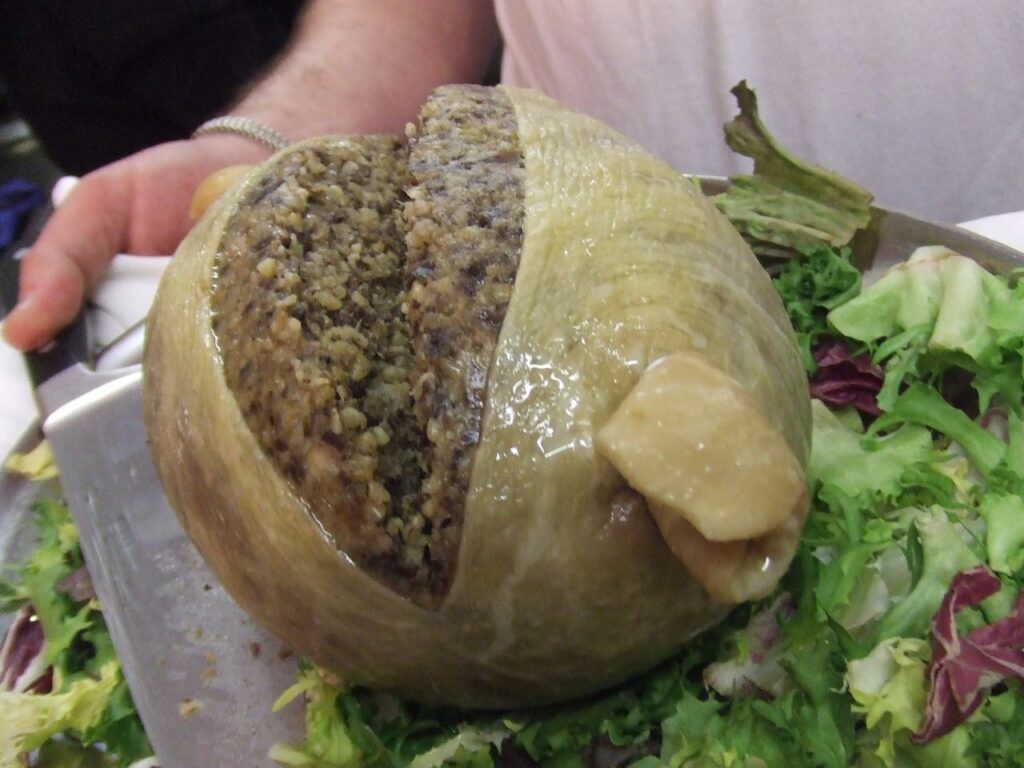
Haggis is a savory pudding made from sheep’s offal (heart, liver, lungs), minced with onion, oatmeal, suet, and spices, encased in the animal’s stomach. It is traditionally served with “neeps and tatties” (turnips and potatoes) and is a central part of Burns Night celebrations. Haggis has a unique, rich flavor and is a symbol of Scottish culinary heritage.
Surströmming from Sweden
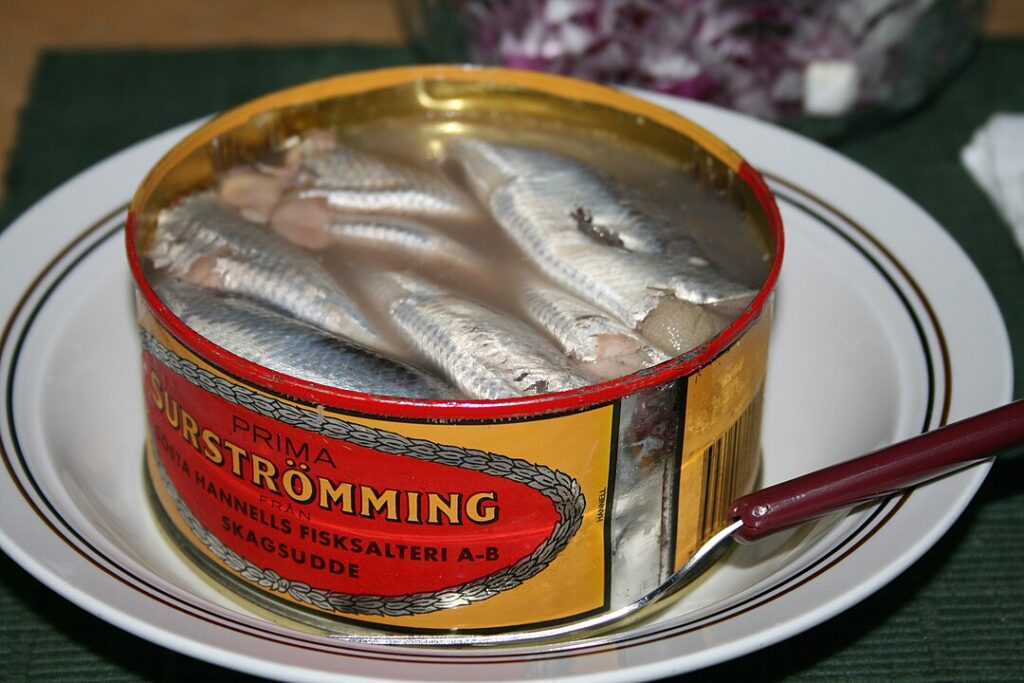
Surströmming is fermented Baltic herring, known for its strong, pungent odor. The fish is fermented in barrels for several months before being canned, where it continues to ferment. The smell is so intense that it is often eaten outdoors. Despite its overpowering aroma, surströmming is enjoyed for its sour, salty taste and is typically eaten with flatbread, potatoes, and onions.
Escamoles from Mexico
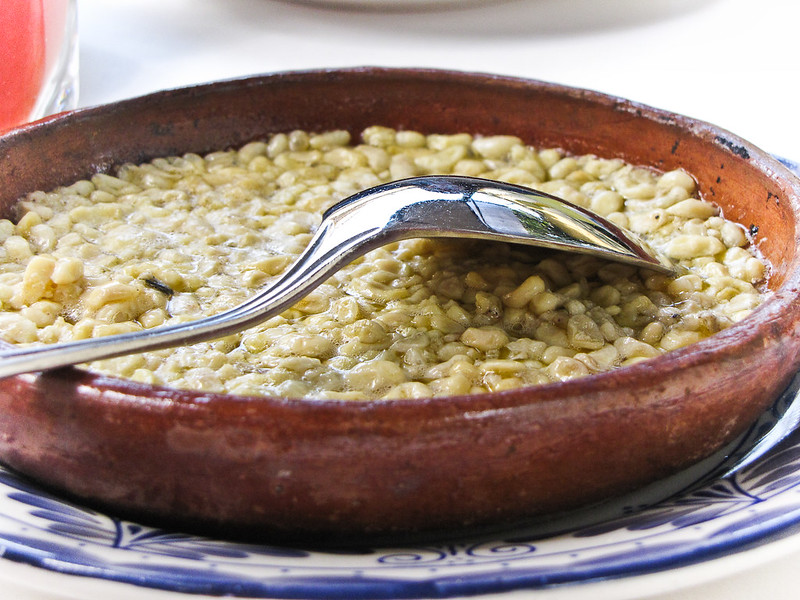
Escamoles, also known as “insect caviar,” are the edible larvae of ants, considered a delicacy in Mexican cuisine. They are harvested from the roots of agave plants and have a slightly nutty flavor with a texture similar to cottage cheese. Escamoles are often sautéed with butter and spices and served with tortillas. This unique dish has been part of Mexican culinary traditions since Aztec times.
Vegemite from Australia

Vegemite is a thick, dark spread made from leftover brewers’ yeast extract, flavored with various vegetables and spices. It is an iconic Australian food, known for its salty, umami flavor. Typically spread thinly on buttered toast or crackers, Vegemite is loved by Australians but can be an acquired taste for those unfamiliar with it. Its distinctive flavor comes from its high glutamate content.
Century Egg from China
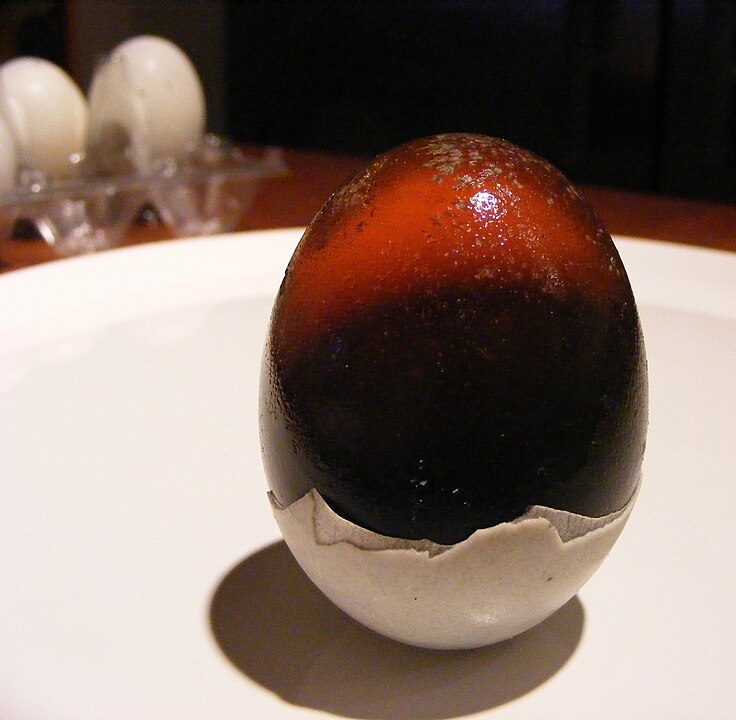
Century eggs, also known as preserved eggs, are duck, chicken, or quail eggs that have been preserved in a mixture of clay, ash, salt, quicklime, and rice hulls for several weeks to months. The process transforms the egg yolk into a dark green or gray color with a creamy consistency, while the egg white becomes a dark brown, translucent jelly. Century eggs have a strong, sulfurous aroma and a complex, acquired taste.
Durian from Southeast Asia
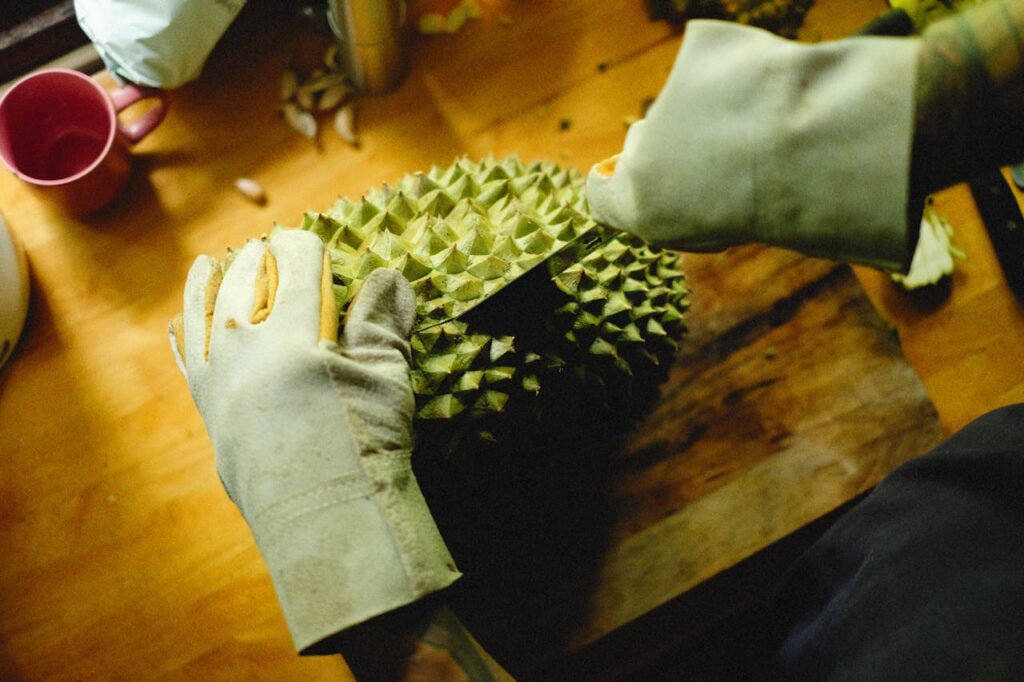
Durian, often called the “king of fruits,” is infamous for its strong odor, which can be off-putting to many. The smell has been compared to rotten onions, turpentine, and raw sewage. However, the creamy flesh inside is highly prized for its sweet, custard-like texture and unique flavor. Durian is commonly found in Southeast Asian countries like Thailand, Malaysia, and Indonesia, and is used in both sweet and savory dishes.
Lutefisk from Norway
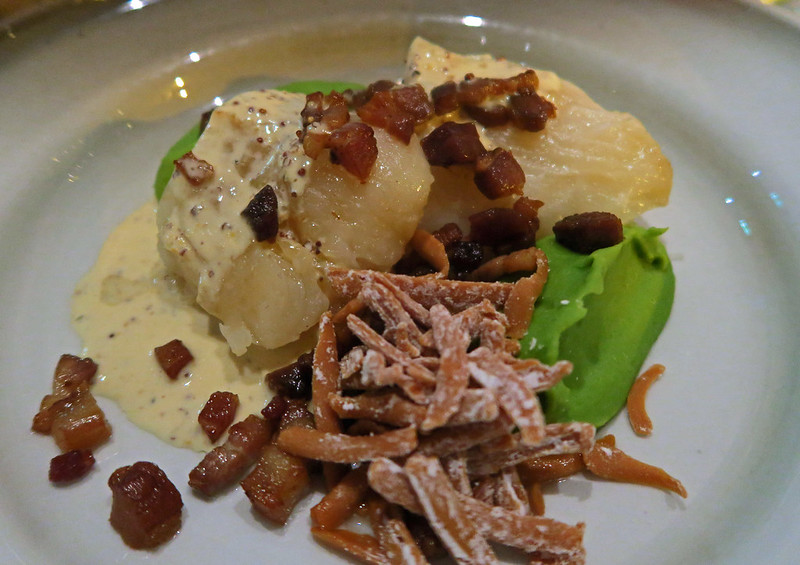
Lutefisk is a traditional Norwegian dish made from dried whitefish, usually cod, that has been soaked in a lye solution. The lye treatment gives the fish a gelatinous texture and a distinctive, strong flavor. It is typically served with potatoes, peas, and bacon during Christmas in Scandinavian countries. The preparation process is labor-intensive, reflecting its origins as a preserved food for long winters.
Kopi Luwak from Indonesia
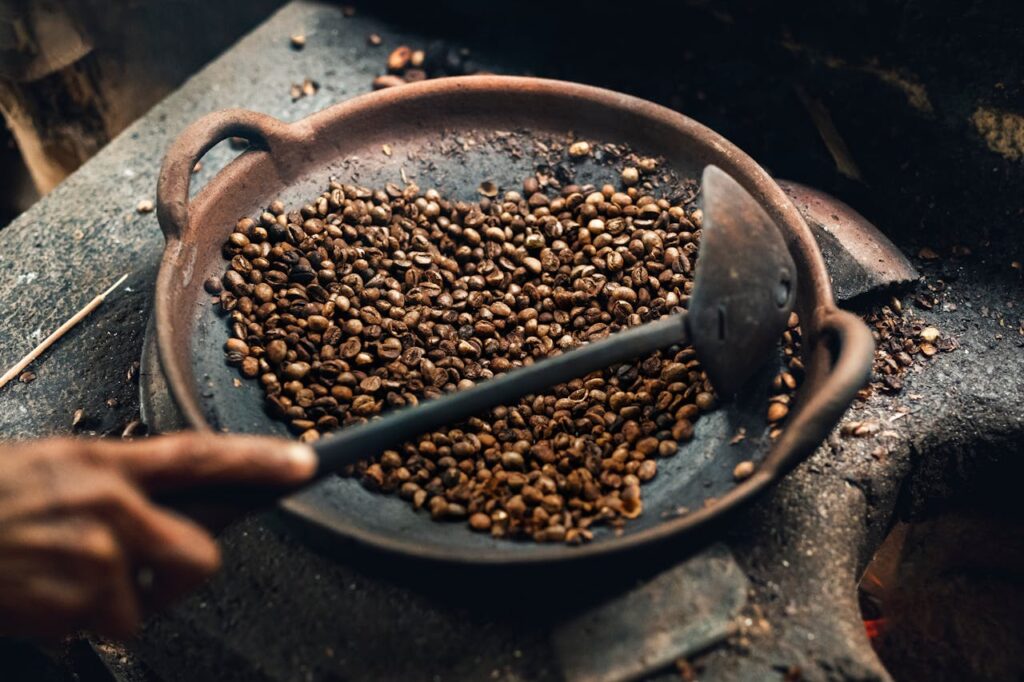
Kopi Luwak is a type of coffee made using beans that have been eaten and excreted by the Asian palm civet. The beans are collected, cleaned, and roasted to produce one of the most expensive coffees in the world. The fermentation process in the civet’s digestive tract is believed to enhance the flavor, resulting in a smoother, less acidic coffee. Despite ethical concerns about animal welfare, Kopi Luwak remains a sought-after delicacy.
Stinky Tofu from Taiwan
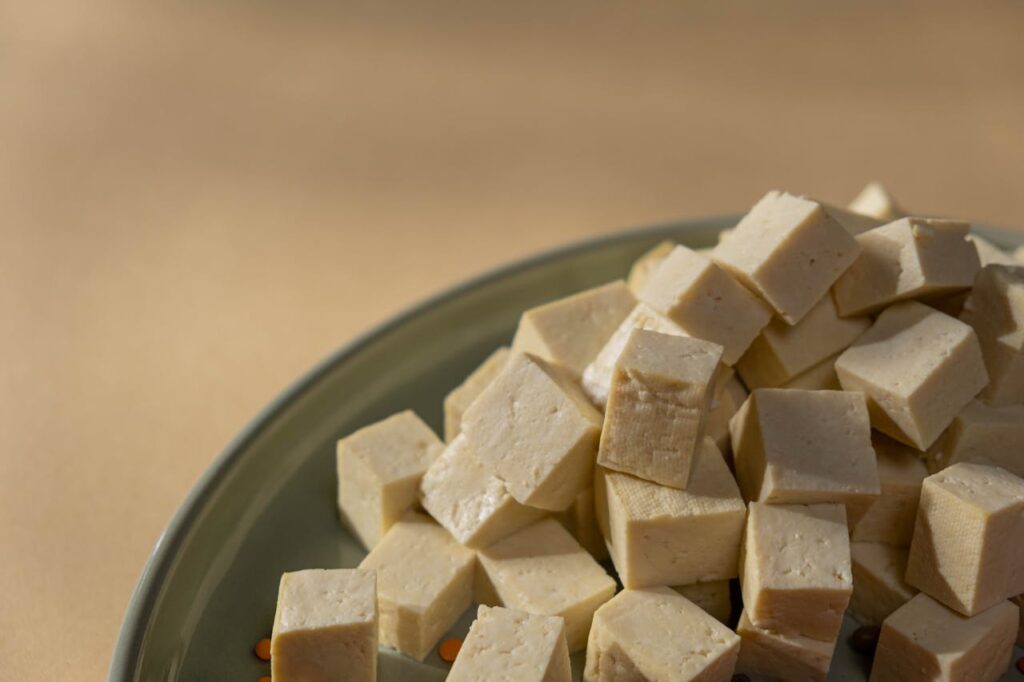
Stinky tofu is a form of fermented tofu with a strong, pungent odor. The tofu is marinated in a brine made from fermented milk, vegetables, and meat, creating a distinctive smell that can be off-putting to some. Despite its aroma, stinky tofu is a popular street food in Taiwan and is enjoyed for its rich, tangy flavor and crispy texture. It can be served fried, steamed, or in soups.
Borscht from Eastern Europe
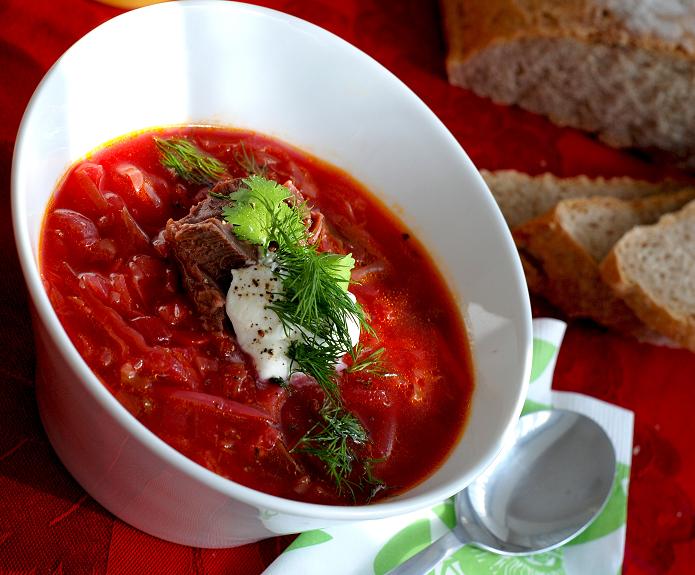
Borscht is a sour soup made primarily from beetroots, giving it a vibrant red color. It is a staple in many Eastern European countries, including Ukraine, Russia, and Poland. Borscht can be served hot or cold and often includes ingredients like cabbage, potatoes, carrots, and meat. It is typically garnished with sour cream and fresh herbs, offering a balance of sweet, sour, and savory flavors.
Kimchi from Korea
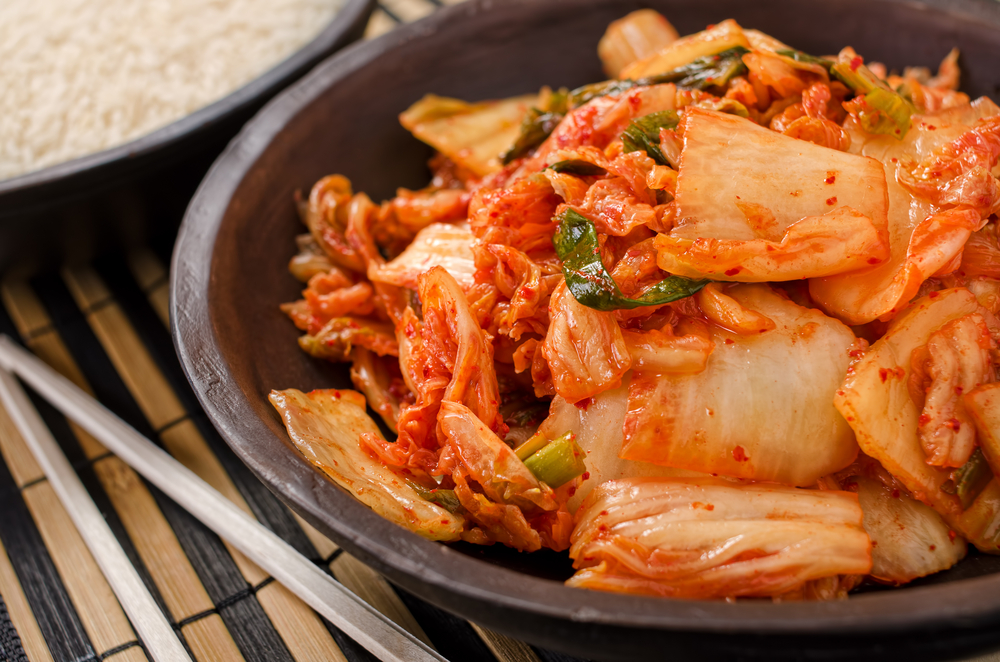
Kimchi is a traditional Korean side dish made from fermented vegetables, most commonly napa cabbage and Korean radishes. It is seasoned with chili pepper, garlic, ginger, and fish sauce, giving it a spicy and tangy flavor. Kimchi is an essential part of Korean cuisine and is known for its health benefits, including high levels of vitamins and probiotics. The fermentation process can take from a few days to several months.
Poi from Hawaii
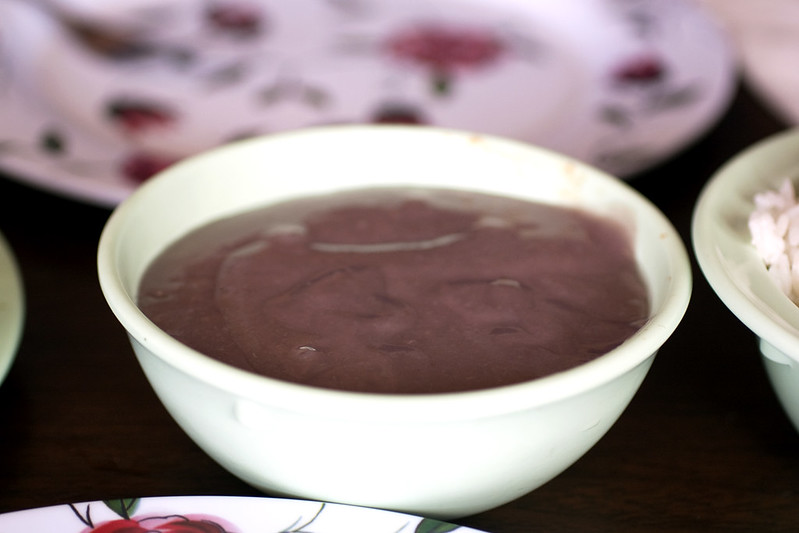
Poi is a traditional Hawaiian dish made from taro root that has been cooked, mashed, and fermented. The result is a thick, sticky paste with a slightly sour taste. Poi is a staple food in Hawaiian culture and is often served as an accompaniment to other dishes. It is valued for its nutritional content, including vitamins, minerals, and fiber, making it an important part of the Hawaiian diet.
Sannakji from Korea
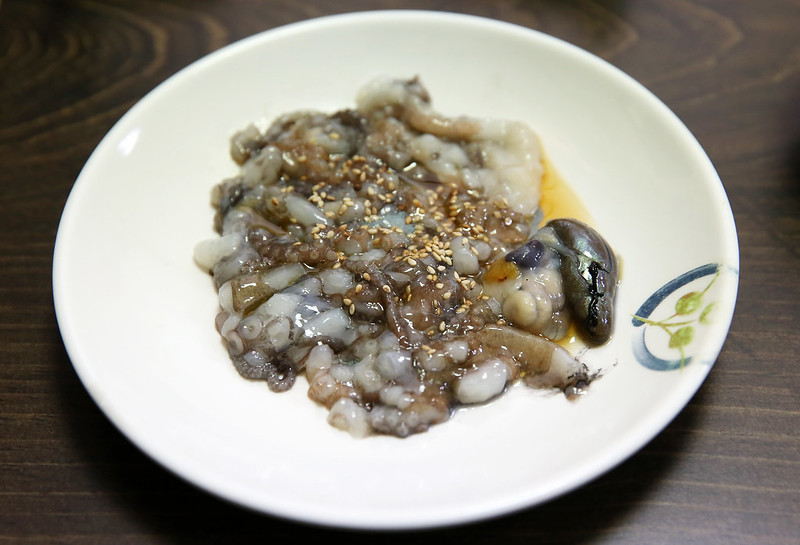
Sannakji is a Korean dish consisting of live octopus that is cut into small pieces and served immediately. The tentacles are often still moving when served, creating a unique and interactive dining experience. Sannakji is typically seasoned with sesame oil and seeds, and its fresh, chewy texture is highly prized. Eating it requires caution, as the suction cups can stick to the mouth or throat.
Khash from Armenia
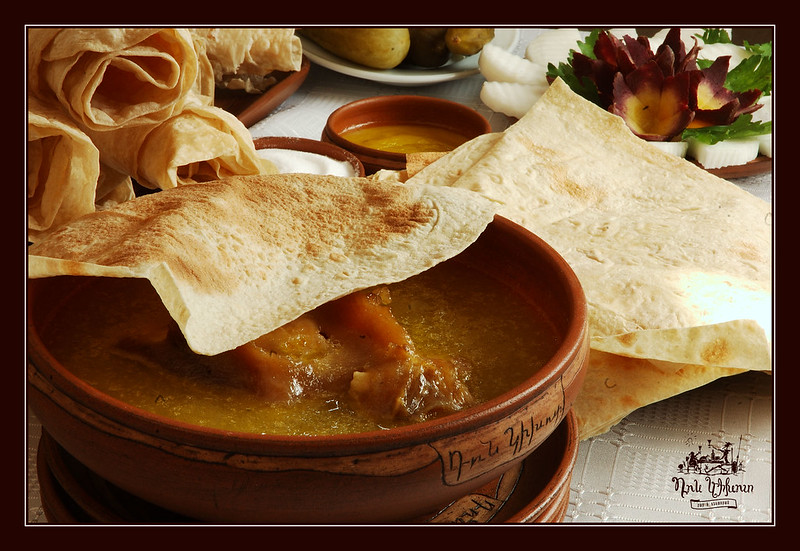
Khash is a traditional Armenian soup made from boiled cow or sheep parts, such as the head, feet, and stomach. It is slow-cooked for hours and often served with garlic, vinegar, and herbs. Khash is typically eaten during the cold winter months and is considered a hangover remedy. The dish is deeply rooted in Armenian culture and is often enjoyed in social settings, accompanied by toasts and music.
Feijoada from Brazil
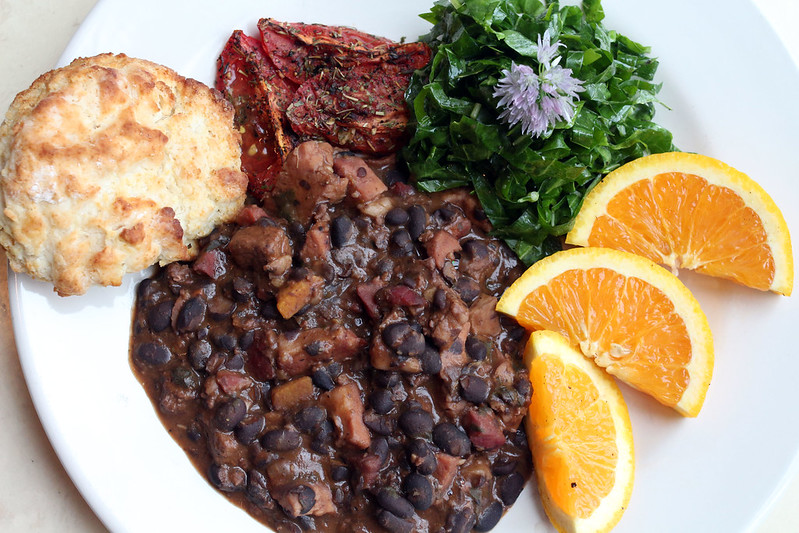
Feijoada is a hearty Brazilian stew made from black beans, pork, and beef, typically served with rice, collard greens, and orange slices. It is a dish with roots in Portuguese cuisine, adapted by African slaves in Brazil using local ingredients. Feijoada is traditionally eaten as a communal meal on Wednesdays and Saturdays and is celebrated for its rich, savory flavors and cultural significance.
Mämmi from Finland
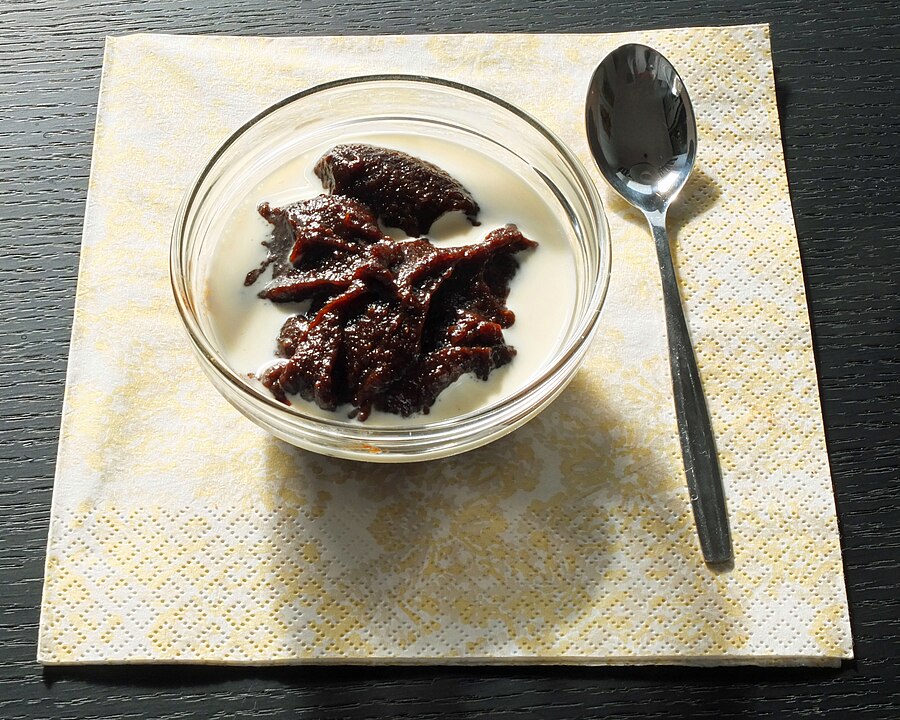
Mämmi is a traditional Finnish Easter dessert made from water, rye flour, and powdered malted rye, sweetened with molasses and seasoned with orange zest and salt. The mixture is baked slowly, resulting in a thick, pudding-like consistency with a dark, caramelized flavor. Mämmi is typically served cold with milk or cream and sugar. Its unique taste and texture make it a distinctive part of Finnish culinary traditions.
This article originally appeared on UnifyCosmos.
More from UnifyCosmos
20 Uncommon Tips for Improving Mental Health

These uncommon tips offer fresh perspectives and practical steps to help boost your mental well-being. Whether you’re looking to enhance your daily routine or seek innovative approaches, these tips can provide valuable insights for a healthier mind. Read more!
20 Skincare Practices to Keep Your Skin Youthful and Radiant

Simple daily routines can yield impressive results. Here are some essential tips to help keep your skin looking young and vibrant. Read more!
21 Mistakes to Avoid When Learning a New Hobby

In this article, we’ll explore some of the most common mistakes people make when starting a new hobby and how you can steer clear of them for a more fulfilling experience. Read more!
Leave a Reply